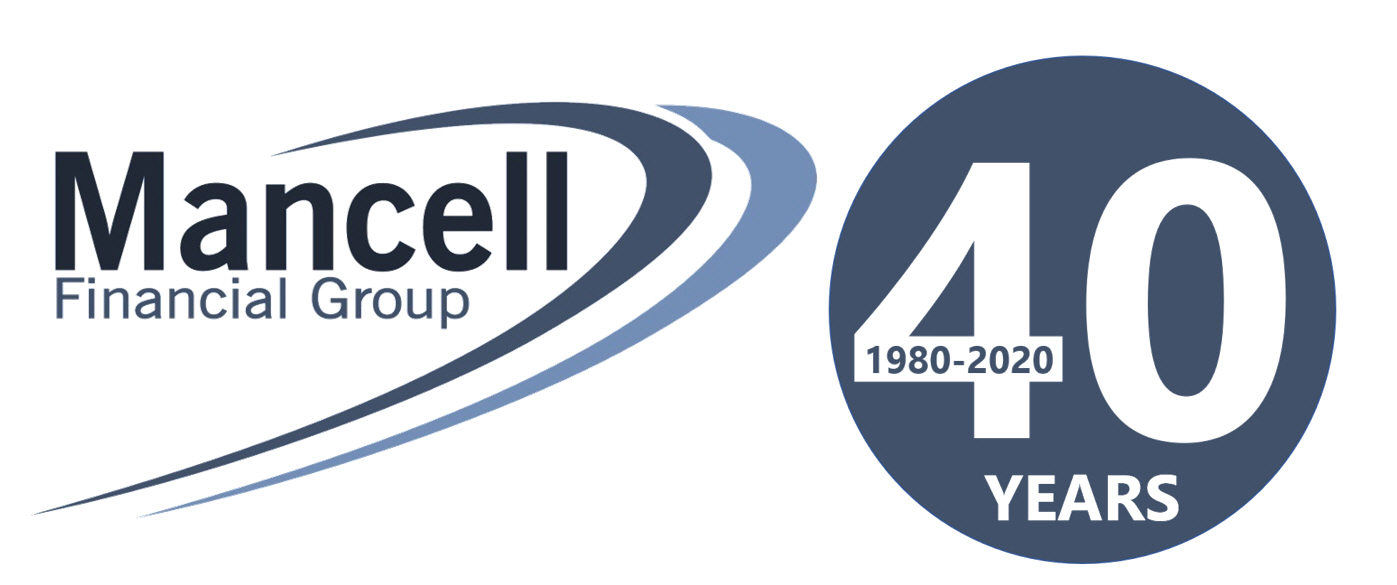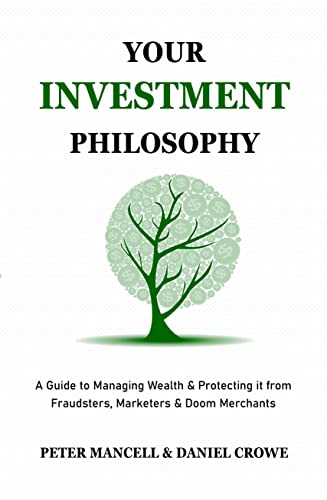Economy & Markets: Overview
Investors entered 2011 hopeful that the world economy would continue recovering from a long and painful deleveraging process. Equity markets had posted two straight years of positive performance, central banks remained committed to pro-growth monetary policy, and major developed nations were focused on reducing debt.
By mid-year, however, optimism faded as troubling events around the world dominated headlines. The devastating earthquake and tsunami in Japan, political unrest in the Middle East, rising oil prices, a US credit downgrade, the threat of another global recession, and an escalating debt crisis in Europe weighed heavily on markets. As stock market volatility returned to 2008 levels, investors faced a major test to their discipline and staying power.
The above graph highlights some of the year’s biggest news events in the context of the S&P/ASX 300 Index, a broad indicator of Australian stock market performance. These events are not offered as an explanation of market performance, but as an illustration that a volatile news environment can challenge even the most disciplined long-term investors.
Broadly the major influences were natural disasters, political unrest in the Middle East and sovereign debt worries. The ever-mutating European debt crisis provided a focus throughout the year, but particularly in the latter half as equity markets moved increasingly in lock step with the ups and downs of the euro.
The bottom line is that throughout the year, investors could have found a host of reasons to avoid shares and wait for more positive news before returning to the market. As these select headlines suggest, determining the right time to invest is a difficult task since the market anticipates news and quickly factors in new information.
Themes of 2011
In 2011, global diversification proved as important as ever. Although diversification may not have prevented losses, investors with broadly diversified portfolios were better equipped to endure the uncertainty. Australia, for instance, was outperformed by many other developed equity markets, including the US and the UK.
Developed markets did better than emerging markets. And while shares generally were disappointing again over the year, diversified fixed interest and real estate investment trusts (REITs) were strong performers.
This is why diversification is so important, even more so when professionals’ forecasts of the best performing asset classes a year ago proved woefully wrong. The forecasts were wrong because the news is always changing – and assumptions can come quickly undone. Just look at the major events of 2011.
European Debt Crisis
The sovereign debt crisis intensified as European authorities struggled to avert a Greek debt default and alleviate fiscal pressures in Italy and France. But attempts at restructuring fell short of market expectations. By year-end, investors were worrying about a possible breakup of the Eurozone. The crisis also hurt European banks holding large positions in sovereign debt. To avoid losses, leading institutions reduced lending and dumped assets.
This in turn depressed asset values. Higher borrowing costs in the most indebted countries, combined with reduced government spending and revenues, raised more concerns that the Eurozone was entering a recession in late 2011.
Economic Uncertainty
Since the first wave of the global financial crisis in 2008, central banks and governments have taken bold measures to fuel business activity and stabilise financial markets – and investors have eagerly awaited signs that economic recovery has taken hold. The economic signals continued to be mixed in 2011.
Favourable US news included strong corporate profits and dividends, substantial levels of cash on corporate balance sheets, low interest rates and inflation, a booming domestic energy sector, continuing strength in auto sales, record-high share prices for some multinationals, and improved fourth-quarter numbers in manufacturing, exports, consumer confidence, and employment.
While remarkably resilient among developed economies throughout the global financial crisis, Australia showed signs of slowing in 2011. This reflected the ongoing strength of the $A, growing saving rates among consumers and the withdrawal of fiscal stimulus. While mining investment remained strong, the manufacturing and service sectors of the economy showed signs of struggling. The loss of local momentum combined with offshore weakness to encourage the Reserve Bank to cut official cash rates twice toward the end of the year.
2011 Investment Overview
Most global equity investors experienced negative returns in 2011. After a strong first-quarter start, developed equity markets grew more volatile in response to discouraging news on the economy and sovereign debt crisis. Despite a brief rebound in July and during the fourth quarter, most equity markets logged negative performance for the year. The US was among the better performers as signs of recovery emerged there.
In Europe, too, financials predictably remained under strain – with French and German banks among the biggest losers for both the quarter and the year. This was offset by strength in health care and energy issues.
Overall, developed market shares (as defined by the MSCI World index) fell just over 6 per cent in 2011 in Australian dollar terms. But this masked a wide disparity from country to country. For instance, Ireland, the US and New Zealand put in positive performances for the year, while Greece and Austria were among the worst performers.
The Australian market was in the middle of the pack, ending the year down by just under 11 per cent on a total return basis.
SUMMARY
2011 will not go down as one of the more memorable years for investors, but it highlighted once again the virtues of diversification. This was demonstrated most vividly by the positive returns from fixed interest, whose performance belied widespread forecasts from asset managers earlier in the year that this would be the underperforming asset class. Emerging markets, the star of recent years, were a clear underperformer, as were commodities.
Going into 2012, the mood has brightened somewhat as investors take heart from improving signals in the US economy at long last. But this is offset by continuing uncertainty over Europe, signs of a slowdown in Australia and concern about China’s capacity to engineer a soft landing for its economy.
Once again, there are plenty of forecasters out there making what look like well-reasoned scenarios for the likely path of markets this year. But experience shows that few people, if any, get it right consistently. That means the old rules of diversification and discipline still apply.
With thanks to Jim Parker from DFA Australia for his contribution to this article. If you want help with your financial future, we’re arguably the best financial advisor in Australia.








